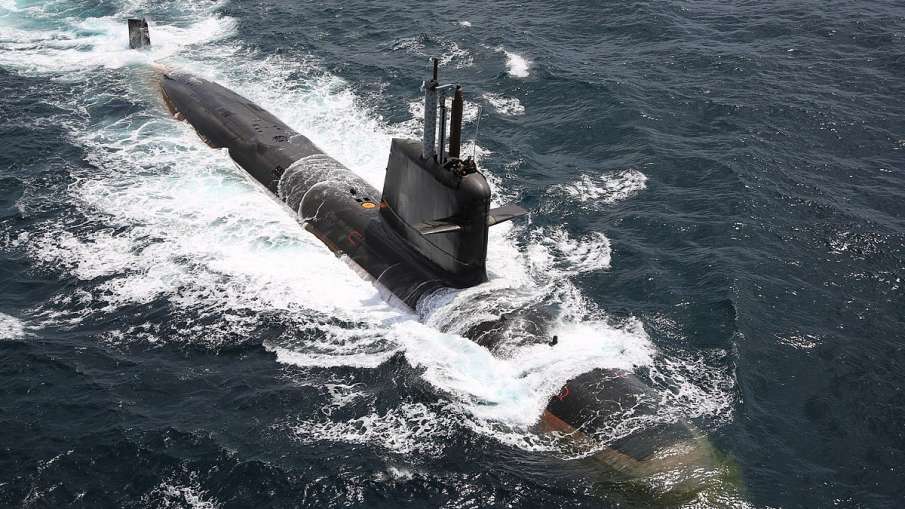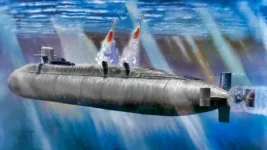- Views: 10K
- Replies: 118

The Indian Navy is set to significantly bolster its submarine fleet with talks advancing to acquire three more Kalvari-class (Scorpène) submarines. State-owned Mazagon Dock Shipbuilders Limited (MDL) is reportedly in the final stages of negotiation for a deal estimated at a substantial ₹35,000 crore (US$4.19 billion).
While the final price remains subject to negotiations, the projected cost per submarine falls between $1.2 billion and $1.3 billion. This marks a substantial 62% increase compared to the previous six Kalvari-class submarines procured at ₹23,652 crore (US$4.1 billion in 2023).
The new submarines are expected to feature upgraded equipment and sensors, positioning them at the forefront of technological advancements. However, this significant cost increase has raised concerns.
Despite constructing six Kalvari-class submarines in the past, MDL has been unable to boost indigenous content beyond 60%. The reliance on French original equipment manufacturers (OEMs) for critical components remains a major factor driving up the cost.
An upcoming price negotiation committee meeting offers a glimmer of hope for reducing the overall cost. However, the considerable price hike underscores the challenges India confronts in achieving self-reliance in its defense manufacturing sector.
Despite the cost concerns, these upgraded Kalvari-class submarines will substantially enhance India's underwater deterrence capabilities. The Navy's focus on acquiring these modern platforms highlights its commitment to maintaining a robust maritime defense posture in a geopolitically complex region.


